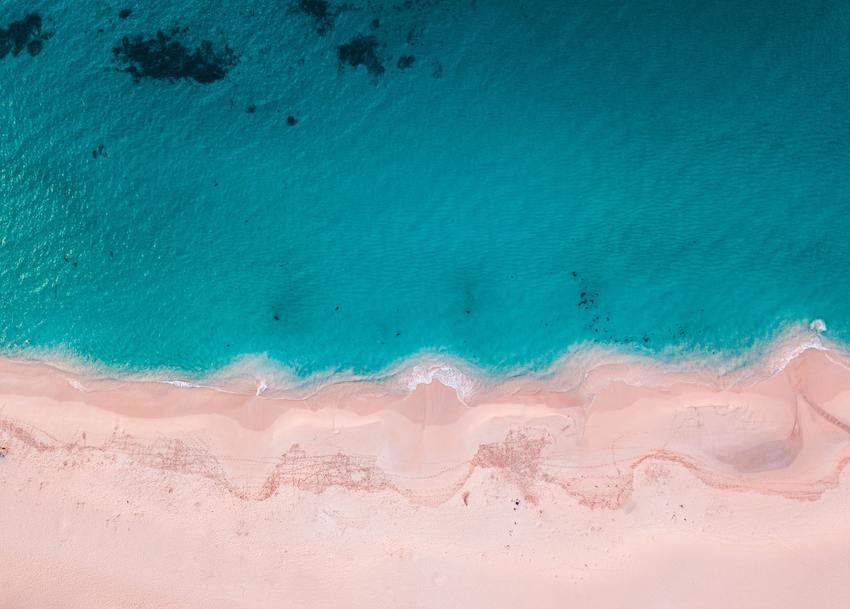26 new species of “exquisite” marine animals have been discovered by researchers off the Kimberly coast of Western Australia. The micromolluscs, as they’re better known live in some of the world’s tiniest shells and about the size of a grain of sand.
Little is known about the small creatures due to their microscopic nature but they are reported to be living in large numbers in our oceans.
New research published in the Records and Supplements of the WA Museum was conducted off the Kimberly coast and outlines the diversity of the north-western Australian marine animals.
The research begins the process of understanding the complexities of these tiny animals and understanding not only their ecological role but how to care for them.
Over a thousand species were surveyed during the research with 26 new species discovered.
Lisa Kirkendale, aquatic zoologist has reported that from half a cup of sand, they uncovered more micromollusc species than the project areas total coral diversity off the Kimberly coast.
One of the species found is called Cyloscala revoluta, the tiny micromollusc spans roughly 2mm.
The research is crucial in understanding Australian marine life, and is the first step in identifying and understanding the animals, said Dr Kirkendale. The better an animal is understood, the better we can all actively understand their ecological role and how to protect them and their environments.
The micromolluscs may be food for fauna or parasites on other animals. By establishing that these animals exist, we can then go on to answer questions like this, said Dr Kirkendale.
The tiny animals are “something out of a fairytale” in appearance, despite being not visible to the naked eye, claims Dr Kirkendale. Under the microscope Dr Kirkendale describes them as a tiny shell with a sculptured silhouette, the animal is also visible and has a translucent outline with “stunning marking and colours.”
The Cyloscala revoluta mollusc looks like a spiral, frilly staircase covered in spun floss with a unicorn horn on top, she reports. Their stunning nature has researches intrigued and eager to determine their purpose in our ecosystem.
With 2,000 species of micromolluscs living on the Kimberly coast, over half are considered rare.
The hotspot has international scientists intrigued and has prompted them to begin researching their own environments to determine whether they have their own species of diverse micromolluscs.
Dr Kirkendale hopes the findings will inspire others to think about the unseen animals that hide within our world.











